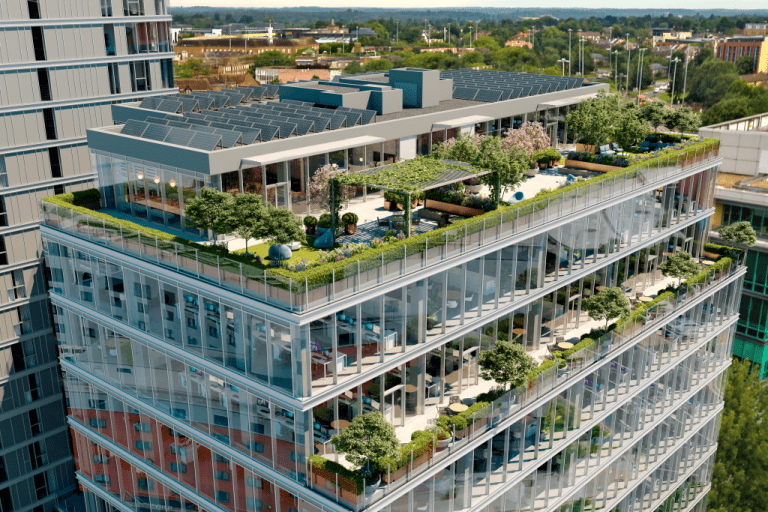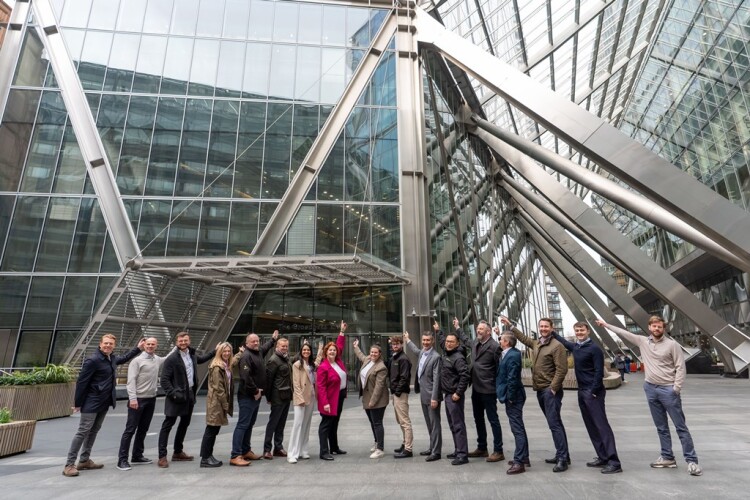Aggreko has received the “Net Zero Heroes” award alongside the other Scottish Business Climate Collaboration (SBCC) members at the CeeD 2025 Awards for contribution to the coalition’s Climate Action Hub. The accolade recognises the benefits of collaborative working and helps to raise the profile of the Climate Action Hub, a tool created by the SBCC to enable SMEs to accelerate their low carbon transitions. The Hub is a free to use service to assist companies, large and small, to understand what net zero means, to offer tools to calculate their own carbon footprints and to develop action plans to support a net zero strategy. It brings together learnings and expertise from the SBCC’s member’s Aggreko, Diageo, EY, FirstGroup, Bank of Scotland, Scottish Power, Scottish Water, and Wood Group, drawing on insight from the different sectors they operate in. As rising costs continue to pose a challenge to SMEs[1], finding practical solutions that deliver a commercially viable and successful energy transition are even more important to avoid smaller organisations being left behind. Initiatives like The Climate Action Hub are a vital part of providing the resource to smaller businesses to be able to meet ESG targets. For larger businesses, Aggreko’s recent research also revealed rising costs impacting net zero timescales, with 95% of the 400 CEOs surveyed stating they have changed their net zero timescales in light of energy supply and pricing issues. Presented in the report Rebalancing the Energy Transition, the research also highlights the importance of supply chain collaboration to find the right solutions to balance cost, efficiency and sustainability in line with targets. Supporting businesses across various sectors in accelerating their energy transition, Aggreko leverages its teams’ expertise and the Greener Upgrades™ portfolio of technologies. This effort is a central part of Aggreko’s sustainability framework, Energising Change™.” This is especially important as energy intensive industries such as manufacturing, data centres, petrochemical refinery, utilities across the globe look for practical solutions that balance cost and efficiency with sustainability. Dawn Demellweek, Director of ESG & Compliance at Aggreko, said: “As a global organisation, we have a responsibility not only to make our own energy transition, but also to support businesses through our value chain with their energy transitions. With the insight and data we have gained from working on projects across different sectors on a global scale, we are able to be a strategic supply chain partner to businesses, advising on and implementing solutions that deliver maximum energy and cost efficiency while lowering emissions. “Through our work on the Climate Action Hub, we have also been able bring together our insight, expertise and learnings with those of other leading Scottish businesses and make it available for free to smaller businesses to help them understand how they can implement a net zero strategy. The success of the energy transition relies on close collaboration between businesses, and by creating these types of resource, we can make sure every organisation, no matter their size or means, has the resources they need to accelerate their transition to a low carbon world.” For more information on Aggreko’s Energising Change™ framework, visit www.aggreko.com/en/about-us/energising-change Building, Design & Construction Magazine | The Choice of Industry Professionals














